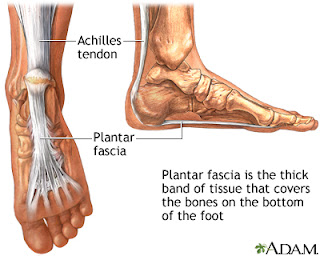It will probably not surprise you to know that I never pay
any attention to the “sell by” dates printed on food packages. I just don’t
care about such things. But I know that other people do examine those labels,
so I decided to find out who was right: me or other people. Turns out it’s me.
A couple of years ago, the Harvard Food Law and Policy
Clinic produced an exhaustive, sixty-one-page report on the subject called “The
Dating Game: How Confusing Food Date Labels Lead to Food Waste in America.”
Here’s what I learned (quoted phrases come from the report):
Regulations:
There are no uniform federal regulations that control these date labels. Each
state comes up with their own. Some states require the labels; others don’t.
For example, New York does not require date labels to be put on any food
products, but neighboring New Jersey does. What’s more, there’s no legal
definition for the “sell by” and “use by” terms.
“Sell by” date: “There is no direct correlation between food safety and date labels.” As a
rule, it merely “provides information to retailers for stock control…The use of
these dates does not advance public health in a meaningful way.”
“Use by” or “best if
used by” dates: Typically, these labels are an “estimate of a date after
which food will no longer be at its highest quality.” Manufacturers and
retailers are “free to define shelf-life according to their own market standards…The
fact that consumers and stores throw away products unnecessarily can lead to
increased profits for manufacturers if consumers are purchasing more products
and doing so more often…some manufacturers may artificially shorten stated
shelf lives for marketing reasons.”
Wasted food: As
is obvious from the title, the report concludes that those labels may be a leading reason why Americans throw out tons of perfectly good food each year.
In the US we toss out about 40 percent of the food we produce, which amounts to
a $165 billion
in wasted food each year. For a family, this waste costs the
average American family of four $2,275 a year.
Next week: Public toilet seats--have no fear
For an introduction to this blog, see I Just Say No; for a list of blog topics, click the Topics tab.
